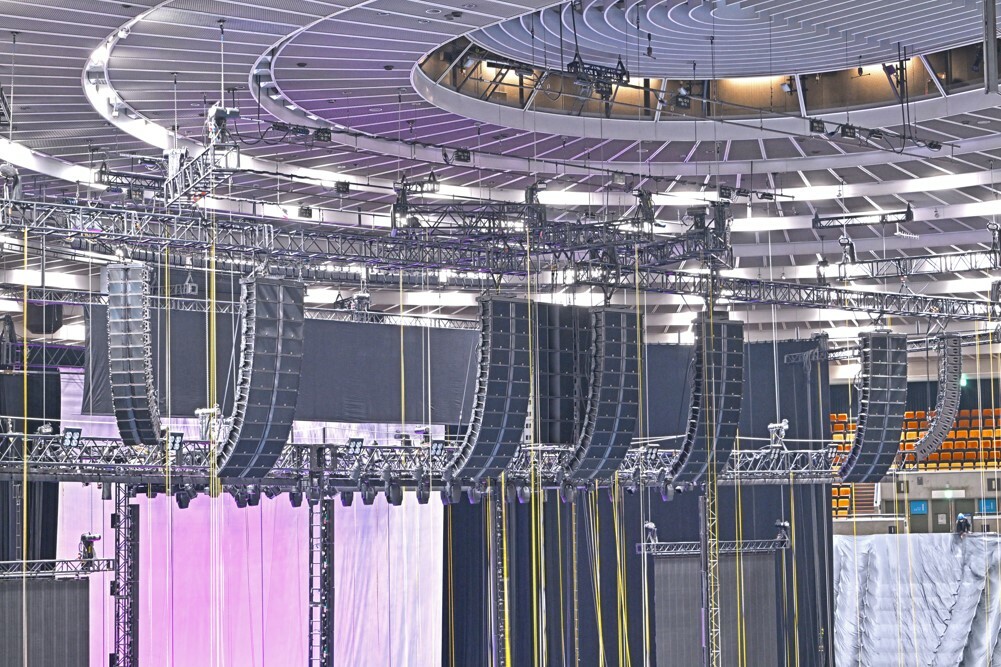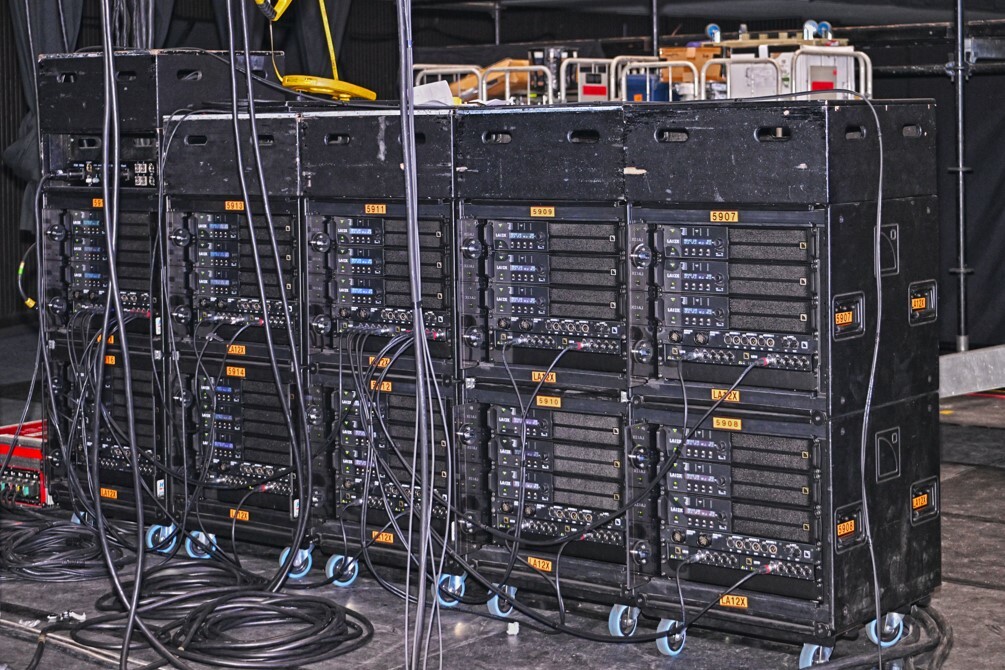Formed in 2008, the three-piece Japanese rock band My Hair is Bad recently wrapped up the Ultimate Homerun Tour with final arena series concerts in the Osaka-Jo Hall and in an iconic Tokyo arena. Made up of three high school buddies, My Hair is Bad has released five full-length albums, steadily growing their fan base across Japan and beyond over 15 years. The tour, which began in the middle of 2022 as Japan’s pandemic restrictions on entertainment began to ease, culminated with these two arena concerts that featured a special immersive audio experience for their loyal fans.
The band’s sound engineer, Hironori Ochi had first learned of L-Acoustics' L-ISA technology from Masaaki Nagayasu, Systems Engineer at L-Acoustics Certified Rental Agent Hibino Sound, who hosted Ochi to an L-ISA workshop in his personal studio. Upon discovering the unique capabilities of L-ISA, Ochi began working on the design of an L-ISA Hyperreal Sound system for the 10,000-capacity Osaka-Jo Hall arena concert.
“I received L-ISA training with L-Acoustics in the spring of 2022. The impact of the pandemic meant that it would be some time until I could work on a L-ISA concert. When Ochi approached me with the My Hair is Bad concert project, I felt confident that this would be the right one, at the perfect time to introduce L-ISA to live music fans in Japan," explained Nagayasu.



